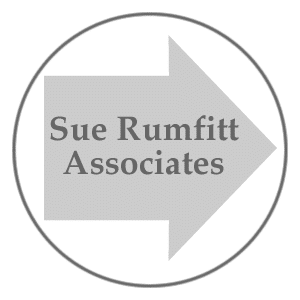 By Legal Futures’ Associates Casedo
By Legal Futures’ Associates Casedo
It has always been a challenge to assemble bundles for inquiries; when I first started nearly 40 years ago there were no rules, and it was pretty much a free-for-all. I am fortunate to have worked with and alongside some exceptionally good solicitors who drilled into me the importance of producing bundles of documents that were comprehensive, paginated and indexed. It is the ideal we should all aspire to, but it is a lot of work, particularly if, like me, you are a sole practitioner.
Roll forward to January 2020. I was notified of another ‘in person’ inquiry scheduled for August. By the end of March, it seemed clear to me that the August inquiry was unlikely to be going ahead; nevertheless, the timescales imposed by the Planning Inspectorate for the submission of documents held. In early May the Inspectorate was still of the view that the scheduled inquiry would be going ahead, and the other party submitted their documents by post to the Inspectorate’s offices in Bristol, which was closed. It was impossible for the Inspectorate to access the Statement of Case, for it to be copied to us and for the accompanying bundle to be copied to the local authority and placed on deposit at the authority’s offices, as these too were closed.
Despite heroic efforts by the Planning Inspectorate’s staff we only received the other side’s Statement of Case a few working days before our deadline for submission, at which point no decision had been made to postpone the inquiry. Although we felt adjournment was inevitable, we could not prejudice our client’s position by not submitting a Statement of Case and bundle by the deadline.
Having ‘virtually attended’ a High Court case in April it was clear to me that it would be preferable to produce an electronic bundle in anticipation of our inquiry eventually being a ‘virtual’ one. I thought I was going to have to produce one paper copy, hand through-paginate it and then scan it; using only my home office facilities.
We were running out of time and I was getting desperate until a barrister pointed me in the direction of Casedo. Now, I can’t imagine how I managed without it.
 My first encounter with Casedo helped me to create a pdf bundle to send to the Inspectorate in some haste and I was delighted to find it would paginate the documents and produce an index automatically. It was only a day or two later that I had the time to look at the full functionality of what I had bought. Now 17 case files down the line, I am using Casedo not only for public inquiry bundles, but for instructions to counsel, appendices to my own reports and for early-stage analysis of evidence. The ability to have two different pages next to one another to compare maps and documents, whilst having my second screen reserved for drafting notes or a report just makes things so much easier. A recent upgrade in Casedo that allows rotation of individual pages, sorts out the inevitable problem with A4 scanned documents, such as legal orders, where the text is in A4 portrait, but the map needs to be in landscape to have north at the top. Being able to rotate the map to the correct orientation makes it just so much easier to work with, and invaluable for sending instructions to counsel. I also value the delete one page function – that allows me to remove the one blank page in a scan I’ve been sent, even after I’ve imported it into my bundle. At a touch of a button, Casedo will remove and update the index.
My first encounter with Casedo helped me to create a pdf bundle to send to the Inspectorate in some haste and I was delighted to find it would paginate the documents and produce an index automatically. It was only a day or two later that I had the time to look at the full functionality of what I had bought. Now 17 case files down the line, I am using Casedo not only for public inquiry bundles, but for instructions to counsel, appendices to my own reports and for early-stage analysis of evidence. The ability to have two different pages next to one another to compare maps and documents, whilst having my second screen reserved for drafting notes or a report just makes things so much easier. A recent upgrade in Casedo that allows rotation of individual pages, sorts out the inevitable problem with A4 scanned documents, such as legal orders, where the text is in A4 portrait, but the map needs to be in landscape to have north at the top. Being able to rotate the map to the correct orientation makes it just so much easier to work with, and invaluable for sending instructions to counsel. I also value the delete one page function – that allows me to remove the one blank page in a scan I’ve been sent, even after I’ve imported it into my bundle. At a touch of a button, Casedo will remove and update the index.
Casedo has revolutionised what I do, improved my throughput, and allows me to produce much more professional-looking bundles, that I am certain will work much better than paper for virtual inquiries.
Sue Rumfitt is a nationally known public rights of way consultant, an expert witness, and holds a Bar Council Licence to instruct counsel and participates in local public inquiries; both in a witness and advocacy role.












